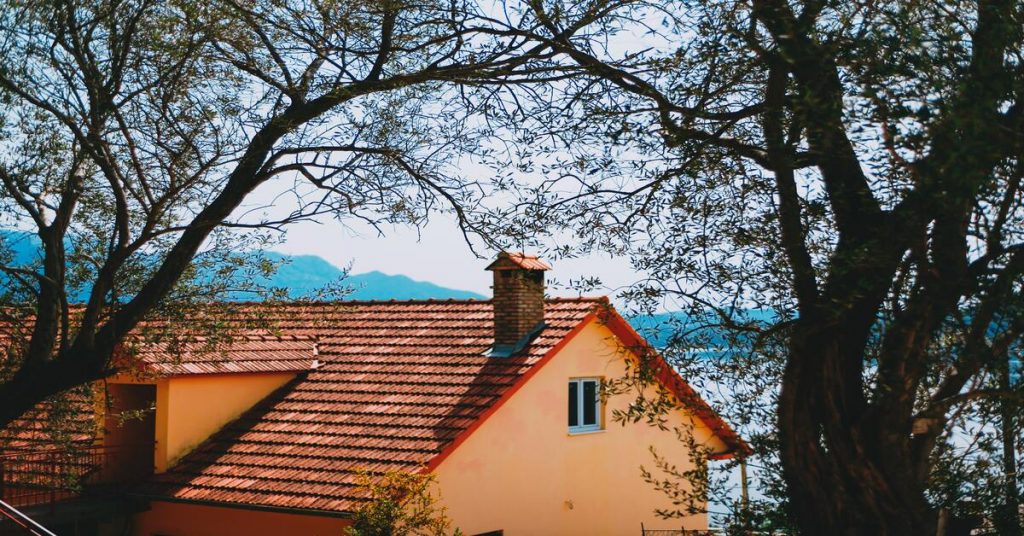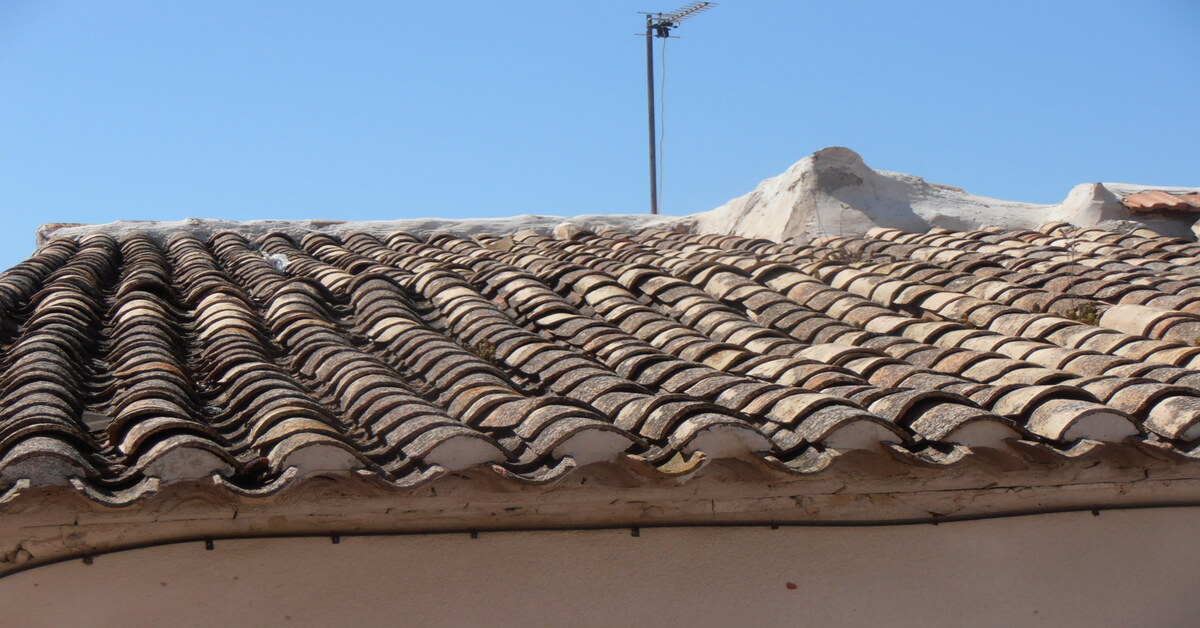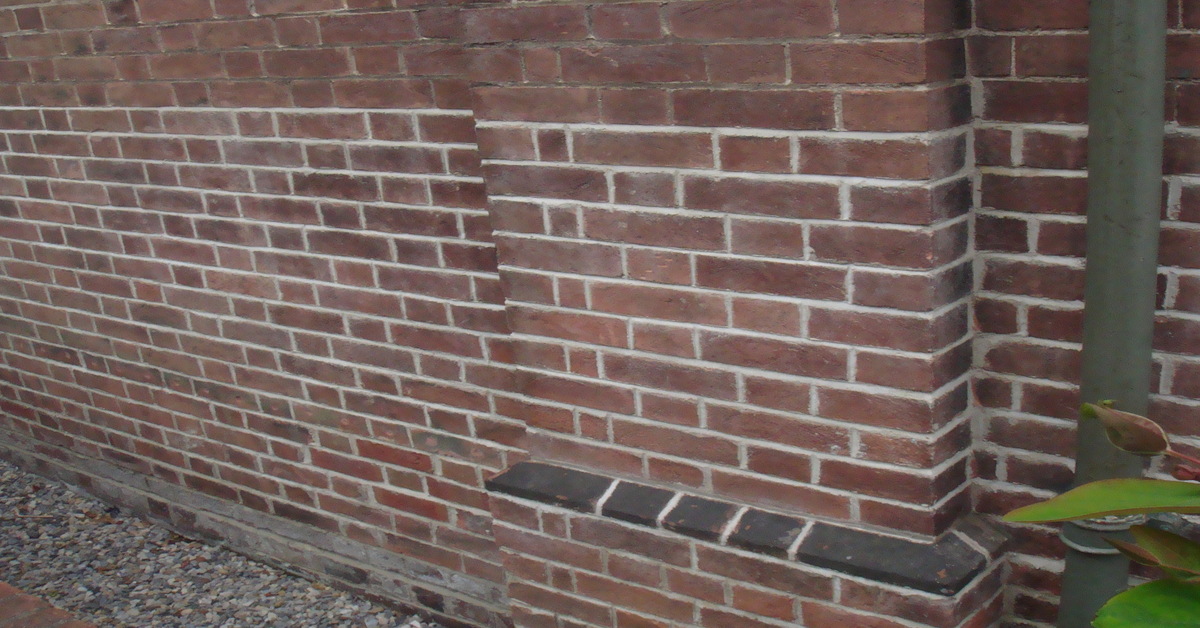

Mortar has historically been the most popular way to install roof tiles, hips, ridges, and verges. Many Australians still secure their roof ridge caps with this ‘wet’ technique of mortar and pointing. However, is mortar the best choice? Despite its popularity, mortar often fails and is not always a suitable long-term solution.
So, if not cement mortar, what should roofing professionals use to secure a tiled roof and ridge capping? Read on to find three alternatives.
What Is Mortar?
Roof tile mortar is a sand and cement mix used to secure roof ridge tiles and other roof structures. It is easy to mix with a peanut butter consistency. Mortar is suitable for bedding clay or concrete roof ridges and hip tiles, preventing water leaks and moisture. To install, create your mortar mix and secure tiles to the roof.
Fixing roof tiles with mortar is one of the most common methods in Australia. Indeed, mortar pointing has historically been highly popular.

While there are still many benefits to a mortar roof, technology evolves, and new approaches take over. In Europe and North America, bedding mortar requirements ensure alternative methods support mortar. While Australian standards still allow mortar roof pointing, many builders are shifting to newer, higher-quality approaches.
What Are the Benefits of Mortar Mix for Roofing?
There are many advantages to using mortar to secure concrete or terracotta roof tiles. Here are the benefits of using ridge cap mortar:
- Mortar is cheaper in the short term. If you need a quick-fix, inexpensive solution, mortar installation will do the job.
- Historically graded properties might require mortar. If you’re replacing the whole roof surface of a heritage building, you may need to use mortar for consistency.
- Most concrete roof tiles will last a relatively long time with a quality mortar mix and a roofing professional.
However, on its own, mortar can cause many issues for homeowners over the years.
What Are the Downsides of Mortar Mix for Roofing?
Roof tile bedding mortar isn’t necessarily the best approach. Despite its popularity, many problems arise from old mortar or poorly fitted roof tiles. Here are the disadvantages of using mortar to fix roof tiles.
- Tile movement – old mortar or a weak mix may not be robust enough to withstand strong winds, leading to cracking and other problems.
- In hot temperatures, cement mortar expands. In cooler weather, it contracts. These shifts cause cracking and tile movement and threaten structural integrity.
- When cracks or gaps appear in the mortar, water and moisture may enter the roof cavity, leading to dampness, mould, and mildew.
The weaknesses of mortar affect its longevity. While it may be cheaper in the short term, you could spend more money, time, and effort maintaining and replacing concrete roof tiles over the years.
As a result, many roofing professionals look for alternative measures to fixing roof tiles.

How Much Does Mortar Cost?
Generally speaking, mortar is cheaper upfront. As the most widely-used solution, you can repoint your roof with mortar for between $100 and $200 per square metre. It’s even more affordable if you do the job yourself. However, as mortar is highly vulnerable when poorly mixed, it’s best to get a professional roofer in unless you’re confident.
Where to buy roof tile bedding mortar? Most hardware shops or online building product suppliers offer a range of mortar mixes and alternatives to fixing roof tiles.
While mortar might seem cheap, you may have to replace and repair your roof regularly as the material wears over time. Alternative roofing options are often more expensive upfront but cost-effective in the long run.
Alternatives to Mortar for Roof Tiles
So, if not mortar, then what? Here are three alternatives to fix your roof tiles.
1. Flexible Pointing Mix
Unlike traditional cement, flexible pointing moves with the roof structure rather than cracking. It can withstand cyclonic winds while remaining environmentally friendly and safe to use. Flexible pointing forms an incredibly strong bond between the tile and ridge capping, once cured with 20 to 30 times more adhesion than conventional cement mortar.
2. Lime Mortar
Lime mortar dries to a harder consistency than sand-based mixtures and provides an excellent watertight seal. You can add lime to any older mortar to improve its strength. However, it’s less flexible than other alternatives.

3. Dry Ridge Roofing
Dry ridge roofing uses mechanical fastenings to enhance your home’s strength, durability and efficiency.
Instead of ‘wet’ mortar techniques, dry ridge roofing uses mechanical fastenings to attach roof tiles and caps. These effectively join each tile securely to the roof. Then, a weather-tight, water-resistant fleece covers the ridge and adheres to the tiles with butyl strips.
After years of success in Europe, the dry fix system is becoming more popular in Australia. Why? A dry fixed roof is easy to install in any climate condition. Moreover, unlike traditional mortar, it does not degrade over time. Once installed, they require very little attention, making dry fixing a cost-effective solution.
The Benefits of Dry Ridge Roofing
Why should you switch to dry ridge roofing? Here are the benefits of this innovative technology.
- You can use a dry ridge approach with mortar to improve strength.
- You can use dry ridge products for both hip tiles and ridge tiles.
- Easy to install in any weather condition.
- Lightweight and weather-tight for ultimate protection.
Moreover, dry ridge roofing can include a passive ventilation system that reduces energy bills and creates a cooler and healthier place to live.
Is Mortar Worth It?
While mortar provides an easy and quick solution, it’s not the best option available for many homes. With new technologies and approaches, consider cost-effective, long-lasting alternatives to traditional mortar. Dry fixing roof tiles provide stability and reassurance. Once installed, you won’t need to replace or repair your roof for many years.
